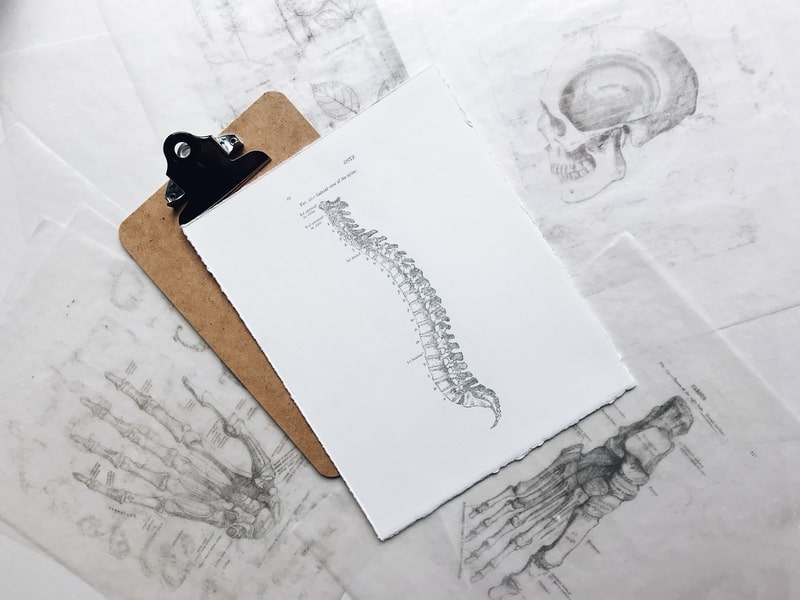
The amount of compensation in spinal cord injury settlements mostly depends on the severity of the damage and its effects.
In cases involving permanent and severe injuries, many victims require adaptive devices, rehabilitation, and long-term care.
But there is no such thing as an average settlement for a spinal cord injury because each case is unique, and compensation varies widely.
Below, the Missouri personal injury lawyers at Cottrell Law Office will go over the ins and outs of spinal cord injury settlement amounts.
If you have questions, please contact us.
What Is a Spinal Cord Injury?
Your spinal cord consists of a bundle of nerves that run down your spinal column.
An injury to the spinal column can disrupt crucial bodily functions, inhibiting communications between your brain and body.
This disruption can cause permanent changes in strength, sensation, and other body functions below the injury site.
The severity of the injury is classified as either of the following:
- Complete—when you lose all feeling (sensory) and ability to control movement (motor function) below the spinal cord injury.
- Incomplete—when you still have some feeling and can produce some movement below the source of the injury.
Spinal cord injuries can also cause the following debilitating symptoms:
- Loss of movement;
- Loss of or altered sensation, including the ability to feel heat, cold, and touch;
- Loss of bowel or bladder control;
- Exaggerated reflex activities or spasms;
- Changes in sexual function, sexual sensitivity, and fertility;
- Pain or an intense stinging sensation caused by damage to the nerve fibers in your spinal cord; and
- Difficulty breathing, coughing, or clearing secretions from your lungs.
If you suffer from a spinal cord injury resulting from somebody else’s negligence, contact an experienced attorney to discuss potential compensation for your losses.
Spinal Cord Injury Compensation Amounts
Spinal cord injury settlements vary greatly from one case to the next. Usually, the most severe and life-impacting injuries warrant the highest settlement amounts.
For instance, a painful whiplash will not get the same amount as a severed spinal cord. Whiplash improves over time.
But a severed spinal cord is often permanent, resulting in long-term medical care costs, rehabilitation, disability, and the loss of employment.
After determining the severity of your injury, your job description will help a court calculate a settlement.
Jobs that require agility and movement, like construction and manufacturing jobs, will be hard to return to after a significant spinal cord injury.
Jobs that allow wheelchair access, office modifications, and other accommodations are easier to return to.
Whether your injury prevents you from returning to work or returning to the same position will affect the settlement outcome.
Other factors considered when determining a settlement amount include:
- Physical and mental pain and suffering;
- Loss of quality of life;
- Physical impairment;
- Emotional distress;
- Disfigurement;
- Inconvenience;
- PTSD; and
- Anxiety.
It takes time to assess spinal cord injuries and their care and costs. For this reason, you should wait to settle your case until you have a good idea of all damages.
An early settlement may fall short of covering medical costs, care, and essentials.
Talking with an experienced spinal cord injury attorney can help you determine your overall possible spinal cord injury compensation value.
Contact a Missouri Personal Injury Lawyer Today
With over 32 years of experience, the Cottrell Law Office can help you recover compensation for the serious losses that typically accompany a spinal cord injury.
We can handle your case and deal directly on your behalf with the other party’s insurance company. Let us help you fight for the justice you deserve.
Call (855) 925-6080 or contact us online for a free consultation.


